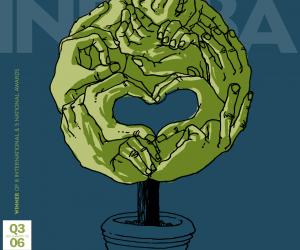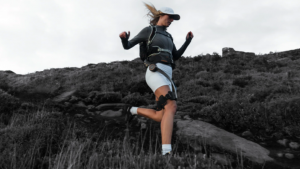First Published in
Taking a contemporary view on botanicals, Clinton Friedman's photographic images of indigenous medicinal plants from southern Africa are a modern complement to conventional scientific drawings. The rapid uptake of his stylish images by South Africa's interior design circles has done much to popularize and update botanicals for today's décor audience. It is interesting to compare his stark, graphic output that is stripped of the original scientific purpose, with the meticulous, traditional hand-drawn designs by Lisa Strachan also pictured in this issue.
His idea "was to take the archival approach of past collectors who either illustrated or pressed their findings" as a starting point. He has an extensive library of illustrated botanical books upon which he draws for reference material. His subject matter is very much in keeping with the norm, but it is the way in which he depicts his specimens that marks his style as a departure. His botanical photographs have an almost deep-etched quality and share the luminescence of the sheer white against which they are set. He also photographs an entire specimen, from leaf-tip to root, which is an unusual move according to botanical conventions.
"My approach has been to take something familiar and give it a fresh, contemporary slant. I hope they will depict a place in time. I like to think of them as bold, individual, intriguing, graphic, and absolute."
The overall effect also has much to do with his "fascination for plants and their individual personalities." The "essential beauty in nature" inspires. This love for the plant kingdom is borne out by his attempts to rehabilitate wild specimens that have been plucked from their natural environment, only to find their way into the local "muti" markets in KwaZulu-Natal, where he lives.
Each medicinal plant that he snaps has been bought from a market and then rehabilitated in his own backyard nursery, which is situated outside the city of Durban, in a leafy area known as Kloof. Previously, Clinton was involved with trying to change the harmful pattern started by illegal harvesters who remove plants from the wild, by introducing an indigenous plant crop programme at the Silverglen nursery in Chatsworth.
Once the specimens he rescues are fit and well, they are then photographed and printed to produce the final product. Each image is a recording and a study, part of an historical collection for future generations. His images will endure, but hopefully, as a result, so will his subjects - those vitally needed medicinal plants whose myriad uses are only now being discovered by allopathic medicine.











